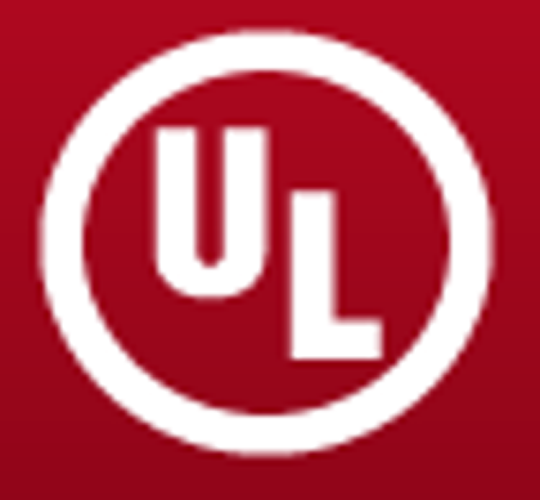NORTHBROOK, Ill., Oct. 14, 2020 – UL has announced today the launch of a free online database recognizing manufacturers who have completed testing under the ANSI/CAN/UL 9540A Standard for Test Method for Evaluating Thermal Runaway Fire Propagation in Battery Energy Storage Systems (BESS). The database allows manufacturers that have had their cell, module, unit or installation evaluated for thermal runaway fire propagation by UL to share the data in three ways: the model number with contact information to obtain more test details, the UL 9540A report summary or the full test report.
Using UL’s web-based Product iQ platform, the UL 9540A test database allows engineers, utilities, developers, code authorities, insurers and other professionals to verify that a manufacturer’s product addresses the key issues identified by building and fire codes such as BESS installation, ventilation requirements, fire protection, and fire service strategy and tactics.
“As a test method, UL 9540A testing does not provide a certification, UL Mark, or pass/fail results,” said Maurice Johnson, business development engineer with UL’s Energy Systems and e-Mobility group. “The information from UL 9540A testing supports important safety decisions about how the BESS will be installed and used. The best way for manufacturers to share that their energy storage battery products have been tested for thermal runaway is to list them in the UL 9540A test database.”
The UL 9540A Test Method is referenced within UL 9540, the American and Canadian National Standard for Safety for Energy Storage Systems and Equipment, the International Code Council (ICC) International Fire Code (IFC), National Fire Protection Association NFPA 855, Standard for the Installation of Stationary Energy Storage Systems, as well as a wide variety of local, state and international building and fire codes. The Test Method is intended to bring clarity about the fire safety performance of a BESS if thermal runaway were to occur in the life of the system. Since publication of the first edition in 2017, UL has worked with fire protection and battery experts, original equipment manufacturers, code authorities and other key stakeholders to enhance the test methods of UL 9540A as the established protocol for evaluating thermal runaway fire propagation in BESS in accordance with the relevant codes.
UL customer Natron Energy CEO Colin Wessells said: “Our customers require the safest batteries to power their critical database and telecom infrastructure. Natron has perfected a sodium-ion battery to pass UL’s rigorous UL 9540A fire testing. Now, we’re proud to be the first battery cell company to publicly disclose our full testing results on the UL 9540A database.”
“At Enphase, product safety is paramount and the new UL 9540A Standard is critical to ensuring accountability across the storage industry,” said Raghu Belur, co-founder and chief products officer at Enphase Energy. “We are proud of our long-standing relationship with UL and appreciate the collaboration to establish standards for evaluating the safety of battery energy storage systems.”
“The UL 9540A Test Method provides critical information on battery safety that end users and authorities having jurisdiction can depend on when planning and executing energy storage deployments,” Tim Hysell, ZincFive CEO and co-founder said. “The UL 9540A Test Method includes cell level testing for qualified batteries that can be tested at the electrochemical level without additional safety controls. The fundamental safety of batteries that do not exhibit thermal runaway at the cell level is vital knowledge for the energy storage community.”
For more information, please visit: www.UL.com









